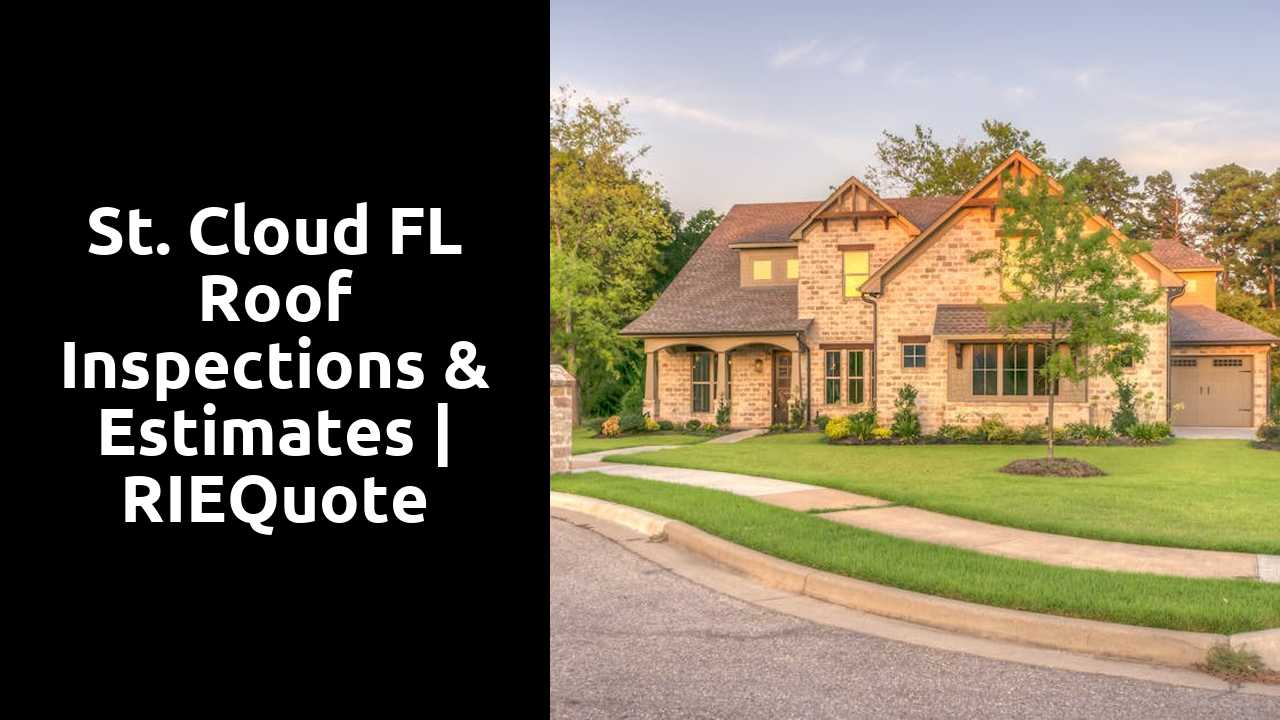DIY vs. Professional Roof Inspections
Homeowners often consider DIY roof inspections to save money and take control of their property maintenance. These inspections can empower individuals to identify some visible issues such as curling shingles or debris accumulation. A good understanding of roof components can help homeowners catch minor problems early, potentially preventing larger, more costly repairs. However, this approach requires a certain level of expertise and safety awareness. Climbing onto a roof can be dangerous, particularly if the homeowner lacks proper equipment or experience working at heights.
On the other hand, professional roof inspections offer a level of thoroughness and expertise that DIY efforts may not achieve. Professional inspectors are trained to spot hidden issues that the average homeowner may overlook, such as subtle water damage or structural weaknesses. Their experience allows for a comprehensive evaluation, often saving homeowners from unexpected repair costs in the long run. Additionally, many professionals provide detailed reports, which can be beneficial when considering insurance claims or selling a home. Nonetheless, this service comes at a cost, and homeowners must weigh the benefits against their budget. REIQuote St. Cloud FL
Pros and Cons of Each Approach
When evaluating roof inspections, both DIY and professional approaches have their advantages and disadvantages. A DIY inspection allows homeowners to save on costs while also gaining firsthand knowledge of their roofing condition. This hands-on method can help identify obvious issues like loose shingles or debris buildup. However, the lack of experience may lead to oversights that a trained eye could easily catch, such as underlying structural problems or signs of water damage.
On the other hand, hiring a professional for roof inspections provides a comprehensive assessment by someone with expertise and specialized tools. Professionals can spot unique issues that the average homeowner might miss and often provide details that are crucial for making informed decisions. The downside is the added expense, which some homeowners may feel is not necessary for basic upkeep. Ultimately, the choice depends on individual comfort levels with inspecting roofing systems and budgets.
Seasonal Roof Maintenance Tips
Maintaining the roof of your home is critical throughout the changing seasons, particularly in areas like St. Cloud, FL. Regular roof inspections help identify issues before they escalate. Seasonal maintenance tasks include clearing debris from gutters and checking for loose shingles that may have been dislodged by storms. Inspecting flashing around chimneys and vents is also crucial to prevent leaks. These tasks not only extend the lifespan of your roofing but also help keep your home safe from the elements.
As you prepare your roof for extreme weather, proactive measures become even more essential. Applying a protective sealant can help secure vulnerable areas, especially before the rainy season. It is also advisable to trim overhanging branches to avoid potential damage from high winds. Ensuring that your roof ventilation is working properly can mitigate the risks of heat build-up. By being diligent about seasonal roof maintenance, homeowners can avoid costly repairs and ensure their roofs remain resilient against harsh conditions.
Preparing Your Roof for Extreme Weather
Preparing for extreme weather requires thoughtful consideration and proactive measures. Start by assessing your roof for any signs of damage, such as missing shingles or leaks. Inspect the seams and flashing, ensuring they are secure. Clear out debris from gutters and downspouts to facilitate proper drainage. This step is crucial in preventing water accumulation, which can lead to significant roof damage during heavy rains or storms. Regular maintenance not only extends the life of your roof but also prepares it to withstand the elements.
Strengthening your roof ahead of severe weather can make a significant difference in its performance. Consider reinforcing weaker areas, such as adding storm straps or utilizing impact-resistant materials. Depending on your roof’s age, a professional inspection may be beneficial to identify any necessary repairs or upgrades. Ensuring proper ventilation within the attic can also mitigate heat buildup and reduce the risk of ice dams in colder months. Taking these measures helps uphold the integrity of your roof and enhances its ability to endure harsh weather conditions.
- Regularly trim overhanging branches that may pose a risk during storms.
- Check and replace any damaged or missing roofing materials promptly.
- Install roof waterproofing to protect against leaks and water intrusion.
- Use snow guards or heat cables to manage snowload in winter months.
- Ensure insulation levels in the attic are adequate to prevent heat loss.
- Keep a checklist for seasonal roof maintenance to stay organized.
- Consult with a roofing professional for recommendations tailored to your roof type and local climate.
FAQS
What should I expect during a St. Cloud FL roof inspection?
During a St. Cloud FL roof inspection, a professional will assess the overall condition of your roof, checking for signs of damage, wear, and potential leaks. They will evaluate shingles, flashing, gutters, and ventilation to ensure everything is in good shape.
How often should I schedule a roof inspection in St. Cloud FL?
It is recommended to schedule a roof inspection in St. Cloud FL at least once a year. Additionally, inspections should be done after severe weather events or if you notice any signs of damage.
Can I do a roof inspection myself in St. Cloud FL?
Yes, you can perform a DIY roof inspection in St. Cloud FL by checking for loose shingles, moss growth, or debris. However, for comprehensive assessments and safety, it’s advisable to hire a professional.
What are the costs associated with roof estimates in St. Cloud FL?
The costs for roof estimates in St. Cloud FL can vary based on the type of roof, its size, and the extent of the inspection. On average, estimates range from $100 to $500, but many companies offer free estimates.
Why is seasonal roof maintenance important in St. Cloud FL?
Seasonal roof maintenance is crucial in St. Cloud FL due to the area’s extreme weather conditions. Regular maintenance helps prevent damage, extends the lifespan of your roof, and ensures it can withstand harsh weather. — These FAQs address common concerns related to St. Cloud FL roof inspections and estimates, enhancing the article’s relevance and providing valuable information to readers.

